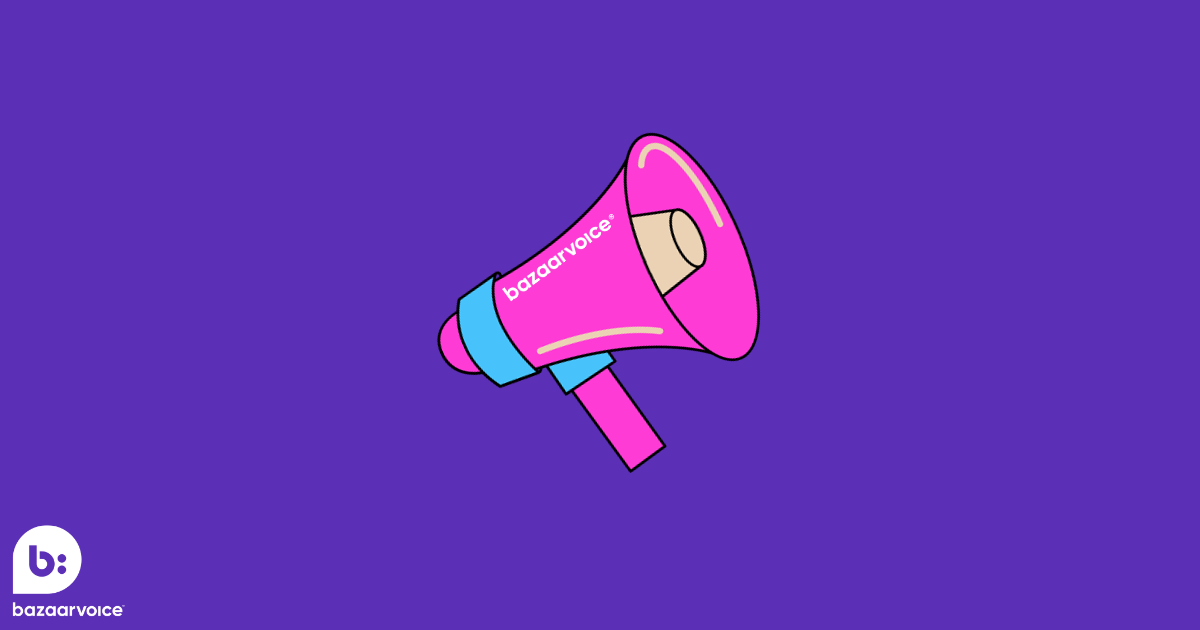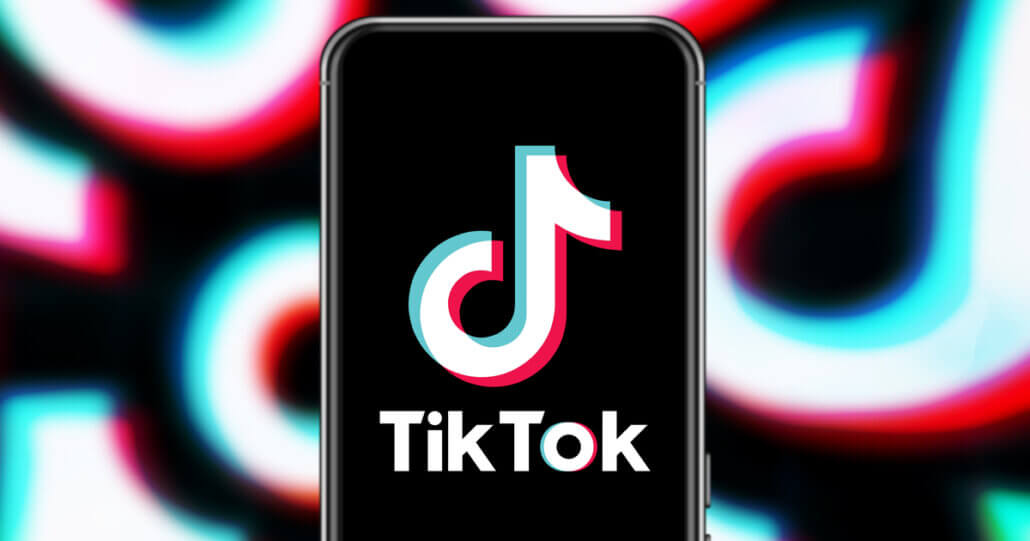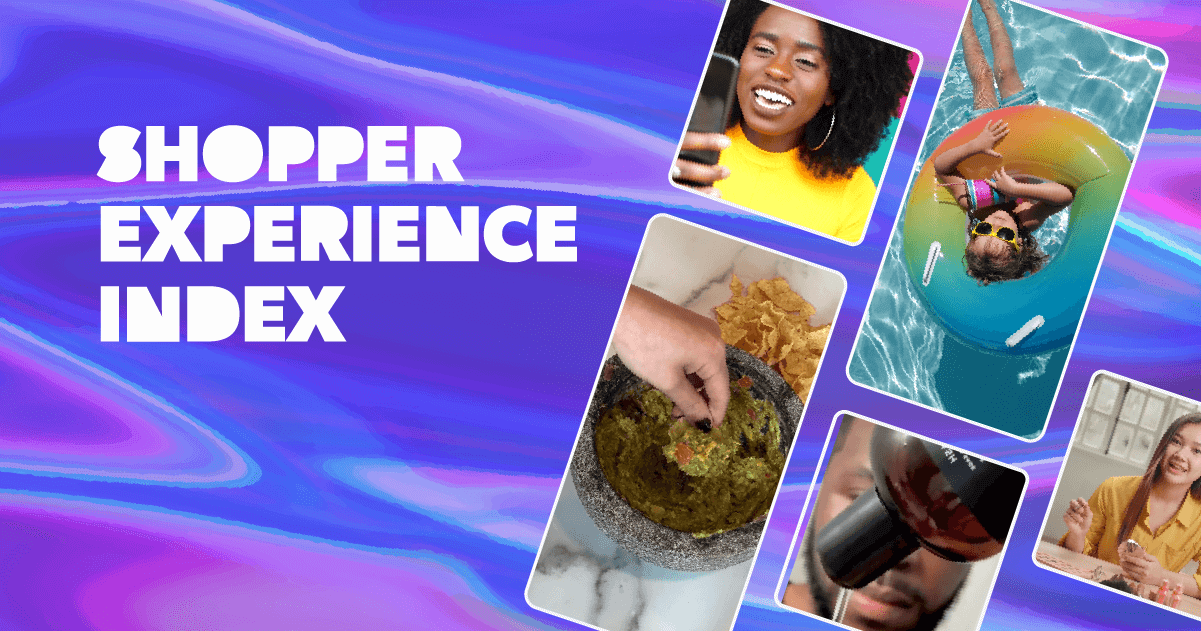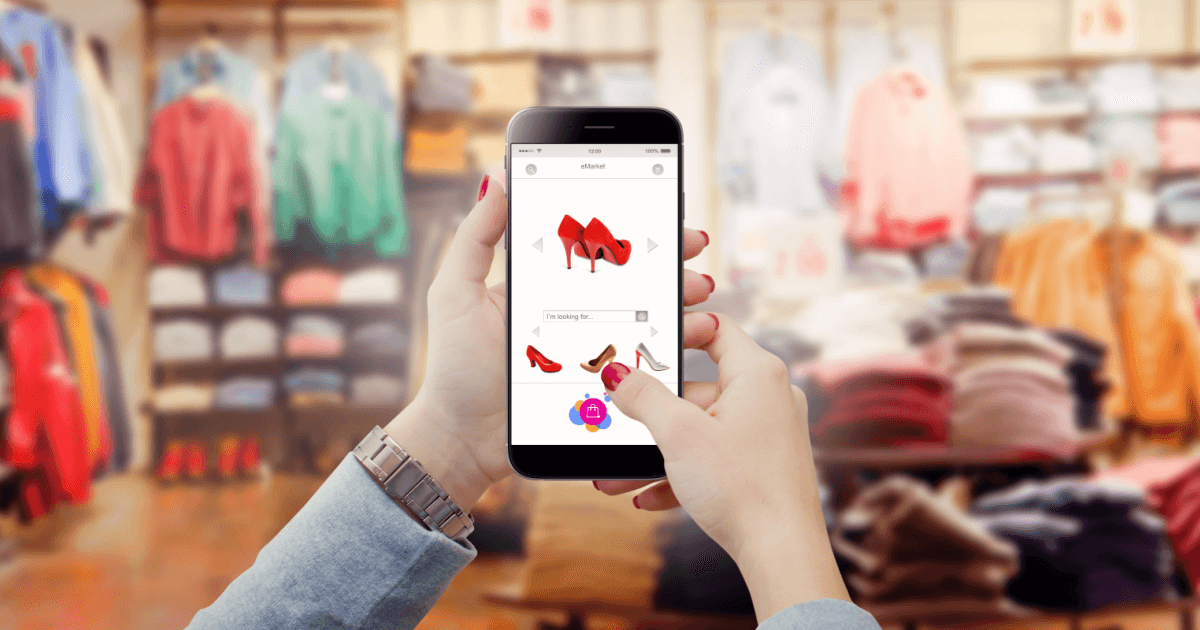November 2, 2023
The modern shopping experience is changing. In the latest volume of the Bazaarvoice Shopper Experience Index, a survey of 7,000 global consumers and 465 brand retailers looking at consumer behavior and mindset, we discovered that now more than ever before, the voice of the customer matters. Shoppers want to hear more from fellow shoppers, not from your brand — throughout the entire purchase process.
But what’s interesting is that while most brands recognize this, most are still catching up in fine-tuning their content strategies and channel investments to meet this new demand.
If you’re one of the brands looking to transform your shopping experience but aren’t sure of the best way to go about it, our new research has the answers to help you get started.
All stats are from our Shopper Experience Index report, unless stated otherwise.
Chapters:
- What is voice of the customer?
- 8 ways the voice of the customer transforms the shopping experience
- How to successfully navigate using the voice of the customer
- Get started with the voice of the customer
In today’s economy, where every purchase is given a second thought, delivering an exceptional shopping experience is essential — 98% of shoppers value experience over price. Even shoppers minimally affected by inflation and rising prices are looking to cut costs wherever they can. They’re questioning non-essential purchases, shopping around for bargains, and turning to more private-label brands.
But here’s the thing. Shoppers don’t want to hear about how great your products are from you — they want to hear it from your customers. Case in point: our research revealed that 74% of consumers trust shopper content more than brand-provided content on a product page.
So what can you do to meet their needs?
Develop a voice of the customer strategy that helps you gather conversion-driving shopper content. Your voice of the customer content can also reveal insights that can be used to improve products, services, and the shopping experience.
What is voice of the customer?
Voice of the customer (VoC) is the process of collecting and analyzing shopper feedback and then using this information to understand how consumers perceive a product, service, or brand. The feedback captures consumers’ opinions, preferences, and expectations through surveys, reviews, social media, and other channels.
Keeping a customer first mindset and learning from the outside in is a powerful tool for brands and retailers that want to increase customer satisfaction and loyalty. And given that 78% of consumers feel more confident in a purchase when they view content from other shoppers, it’s what consumers want to see.
User-generated content (UGC) is the voice of the customer in physical form. This shopper-created content, in the form of customer reviews, Q&As, and social imagery and videos, is a reflection of a customer’s authentic voice. It can be used on your website, product pages, and social media channels, and every part of your digital shelf to transform the shopping experience — and drive growth.
VOC value for brands and retailers
It’s no surprise that 67% of brands and retailers intend to increase UGC spend in the next year. Currently, brands and retailers are using UGC to:
- Improve the shopper experience (80%)
- Increase product discovery (79%)
- Increase conversions (78%)
- Improve marketing messaging (76%)
- Improve product pages (74%)
- Boost SEO (68%)
- Reduce returns (67%)
But how does your organization view the voice of the customer? And does it include user-generated content today? If not, it’s time for a review.
8 ways the voice of the customer transforms the shopping experience
From more sales to more satisfied customers, here’s eight ways voice of the customer marketing can help you boost engagement throughout the buying cycle.
1. Drive more sales
For many brands and retailers, the most appealing aspect of tapping into the voice of the customer is that it helps them increase sales.
- Over half of shoppers say they’re unlikely to buy a product that doesn’t feature any type of customer opinion-sharing content
- More than 75% of consumers say reviews and Q&As affect their purchase decisions
- 69% agree photos of products taken by other shoppers have an impact on their purchases
When it comes to UGC, consumers want to see a variety of content. A 5-star rating is nice, but shoppers need more context to feel confident in their purchase.
In the first 20 seconds of landing on a product page, consumers say high-quality reviews will have the biggest impact on their shopping experience, followed by average star ratings. The number of reviews will also determine whether they add the product to their cart (we’ll have more on how much user-generated content you need in a minute). Shoppers also want to see reviews that are relevant to their experiences and use cases.
Consumers are willing to do their research. For high-cost items, 89% of shoppers will spend 5 minutes or more reading user-generated content like reviews, images, and social content before making a purchase. Even for low-cost items, more than half of shoppers are willing to spend at least 5 minutes reading other shoppers’ reviews and feedback.
Voice of the customer doesn’t just affect your online sales, either. When we look at our network data and omnichannel research, we see consumers relying on opinion-sharing content even when they’re shopping in-store.
For example, the average ROBO (research online, buy offline) multiplier for brands in the Bazaarvoice Network is 3.91x — meaning that for every $1 of revenue influenced online, VoC content influences $3.91 in-store.
Each industry has different ROBOs. For example, health and beauty products see an average of $5.26 of additional in-store sales for every $1 of sales influenced by voice of the customer content online.
2. Stand out in search
With 70% of consumers open to trying a new brand or product during the present economic downturn, now’s the time to stand out on search.
Voice of the customer content, like reviews and other user-generated photos and videos, provide a consistent stream of fresh content, a major factor in Google’s ranking criteria.
When someone else searches for the same terms found in product reviews, those product pages will appear higher in search results. The clickthrough rate of long-tail keywords is also 3% to 6% higher than broad searches, and they’re also less competitive to rank for than shorter keywords.
But search is changing. One of the biggest revelations from our study is that social media is the new search engine. While traditional search engines (Google, Bing) are still the primary place shoppers start their online journey, social media (Instagram, TikTok) is also playing an increasingly important role, with 58% of shoppers saying they discovered a product or service through social media (as opposed to 49% through search engines).
Over half (58%) of shoppers say they often discover a product or service through social media, and 49% agree they’re more likely to find products and services on social than any other channel.
Social media influences the full shopper journey especially for younger age groups. For example, while 50% of all shoppers have bought products via social media in the past year, this percentage increases to 73% among 18-34-year-olds and 64% among 35-44-year-olds.
To effectively meet shopper expectations, it’s crucial to engage with customers on their preferred platforms. Meet them at their watering holes. Nowadays, that’s predominantly on social media.
3. Acquire new customers
Another takeaway from the report is that current economic conditions and changes in buyer behavior present a unique opportunity for retailers and brands.
To save money during the financial downturn, shoppers are open to trying new brands and products. More than 2 in 3 shoppers (70%) say they’re willing to consider switching to a new brand, even for products they normally buy.
The changes in where people shop are also providing additional opportunities to meet consumers where they are in their buying journey and give them the extra info they need to move forward.
4. Reduce content creation costs
Let’s be real. Content creation takes time and not all of your products will have the same content resources allocated to them. And whether you have a team of full-time writers or are paying an outside agency, branded content creation can be time consuming and expensive. It’s a much more cost-effective to have a content supply chain of branded and non-branded content than producing all your content in-house.
To add to these challenges, many brands separate branded top-of-funnel content and bottom-of-funnel content and the teams that manage them. The beauty of UGC is that it can serve multiple purposes at multiple stages of the buying process. With UGC, you have a largely untapped resource of full-funnel content to curate and ignite to add to your current branded content.
It’s also more likely to inspire trust than anything your team or an outside agency develops. On a product page, 74% of consumers trust shopper content more than the brand-provided content.
5. Build brand consistency across channels
We found that 75% of consumers expect to get the same experience from a brand regardless of the channel. This sounds a given, but in the digital age, your brand’s reputation is largely shaped by what customers are saying about you online. To protect your brand image and reputation, and deliver a consistent brand experience wherever shoppers are, you’ll need to embrace and share the voice of the customer (more on that to follow), listen to their feedback, and adapt strategies accordingly.
Voice of the customer content works across the funnel and enhances all of your customer acquisition channels. It can inspire a top-of-funnel blog post on your website or it can serve as a standalone social media post. And it can make for a more powerful product page experience. By telling the same story at multiple customer touch points, voice of the customer helps create a more consistent shopping experience.
6. Collate customer feedback and trust
Showing that you’re interested in your customers’ opinions and feedback helps cultivate a sense of brand loyalty. By showcasing and taking action on user-generated content, you’re showing customers you care about what they think and are eager to learn from their experiences.
- 16% of shoppers consider themselves to be proactive creators who actively seek out opportunities to share their opinions
- 36% identify as reactive contributors. They’re happy to share their opinions — when asked
So how do you tap into the power of proactive creators and boost the contributions of reactive shoppers?
- 43% of shoppers say they prefer to receive an email asking for their opinion on a product they have purchased
- About 20% say they prefer to receive prompts via text messages, the retailer’s app, or an in-person interaction
- 35% say they would prefer to receive a sample to review
- 70% of consumers are open to a brand asking to share their social media post or video — as long as they’ve given the brand permission to do so
The bottom line is this: consumers want to see shopper content about your brand. And consumers want to leave feedback about your brand. You can easily foster a customer loyalty loop by enabling both.
7. Build trust — especially during a downturn
During a downturn, shoppers are turning to user-generated content to make sure they’re getting the best value for their money. They want to make sure they are getting the right product for their needs.
This trend is more extreme in the US, where 43% of shoppers are turning to other customers’ opinion-sharing content to make sure they’re making the right decision. Younger shoppers, including 50% of 18- to 20-year-olds and 51% of 25- to 34-year-olds, rely on user-genrated content to discover, consider, and purchase new products and brands.
8. Set expectations
A customer wrote a negative review. Time to freak out, right? Not necessarily. Negative reviews can actually be a boost to your voice of the customer program.
In a separate survey we recently published, over half (60%) of respondents said that negative reviews are as important as positive reviews in their decision to buy a product. They give consumers a true sense of a product or service.
- 75% of shoppers say it’s important to read a balance of positive and negative reviews when purchasing to set expectations correctly
Negative reviews also provide an opportunity to engage with consumers. By responding to, and acting on, negative feedback, you’ll foster more trust and loyalty with customers. 62% of consumers expect a response from the company when they leave a negative review, so give them one.
How to successfully navigate the voice of the customer
Knowing the benefits of tapping into the voice of the customer and how it can transform your shopping experience is one thing, but knowing the tactics pitfalls to watch out for is another. There’s a few best practices to follow that ensure you provide the most authentic voice possible and keep up with content demands.
Keep up with consumers’ need for shopper content
When it comes to user-generated content, consumers want to read a lot of reviews and ratings before they feel comfortable completing their purchase:
- 63% of shoppers need a product to have more than 10 reviews
- 28% of shoppers need a product to have more than 50 reviews
And it’s not just reviews. The vast majority of consumers also want to see user-generated images in addition to branded photos:
- 76% say they need to see shopper photos to make a confident purchase
- 64% of shoppers expect to see shopper photos on product pages
- 69% of shoppers want to see user-generated videos to feel more confident about their purchase
But a slew of good visual UGC and reviews from 2019 won’t cut it. Around half of shoppers say recent reviews are more reliable than older ones. The majority of shoppers (55%) are confident in reviews when they’re less than 3 months old.
Some tactics for easily collecting fresh UGC include product sampling, where you send product samples in exchange for honest feedback, or review request emails, which automatically request a review post-purchase. You can also tap existing communities of everyday content creators like the Influenster App.
If you can, consider translating your existing reviews. The majority of shoppers (62%) say they trust translated reviews. That trust is higher in places like Canada (67%), France (67%), and Spain (75%).
Brand safety and authenticity are paramount
As voice of the customer content like reviews and user-generated videos become more popular, so do the efforts of bad actors who are trying to scam the system.
Fake reviews can come from a variety of places, be it disruptive or trolling activity, commercial messages, generative AI submissions (we’ll talk more about those in the next section), illegitimate or degrading content by a competitor, and self-promotion by employees.
Protecting your brand from fake reviews is essential — you want to showcase the authentic voice of your customers, not fake or fraudulent voices. According to a recent Bazaarvoice survey, typically the behaviors that cause the most suspicion among consumers are:
- Multiple reviews with similar opinions on the same product (55%)
- Review content not matching the product (49%)
- Bad grammar/spelling mistakes (36%)
- An overwhelming number of 5-star/positive reviews (35%)
Fake reviews aren’t just making it harder for shoppers to trust voice of the customer content. They also put your brand at risk of legal recourse. For example, in the US, the Federal Trade Commission (FTC) recently announced two important regulations to battle fake reviews:
- They published the final Guides Concerning the Use of Endorsements and Testimonials in Advertising. This is the first refresh of the guides since 2009 and it provides new and updated guidance around endorsements by social media influencers as well as ratings and reviews
- The proposed Rule on the Use of Consumer Reviews and Testimonials clarifies what constitutes a “fake” review
Regardless of how you collect your voice of the customer content, remember that you should never ask for or incentivize positive reviews.
If consumers are offered a free product, promotional material (such as discounts or coupons), or a chance to win something of value in exchange for providing an unbiased review, then we recommend adding descriptors such as “this reviewer received a free product in exchange for their honest feedback” to any reviews collected via a promotion.
The future of the voice of the customer
Like we mentioned, emerging tech like generative AI — the advanced technology that powers applications like ChatGPT, Bing Chat, and Google Bard — can be used to create fake reviews. That’s the bad news.
But it can also make providing high quality user-generated content far easier for shoppers to provide and brands/retailers to personalize and learn from, which is better news. The goal is to ensure AI supports the the customer voice, not replace it. And in a separate research peak we recently undertook around AI and UGC, we learned:
- About half of consumers (49%) would like to write a review on a website where generative AI guides them on what categories to cover
- Almost half (45%) say they would trust websites more if they put measures in place to protect against voice of the customer content fully generated by AI
Get started with the voice of the customer
Voice of the customer is a commerce goldmine. Especially so during an economic downturn.
With shoppers becoming more cautious about their spending habits — and being more open to new products and services — tapping into the voice of the customer in the form of user-generated content can help savvy brands and retailers stand out in a crowded marketplace.
It provides a treasure trove of insights that, when used effectively, can significantly enhance the shopping experience, drive conversions and revenue, instil trust and loyalty, and provide essential guidance to consumers in a rapidly evolving retail landscape.
Brands and retailers that embrace the voice of the customer and use it to adapt to the ever-changing shopping experience have the unique opportunity to thrive. Eager to get started? Learn more about how the voice of the customer is affecting the consumer journey in this year’s full Shopper Experience Index report.










